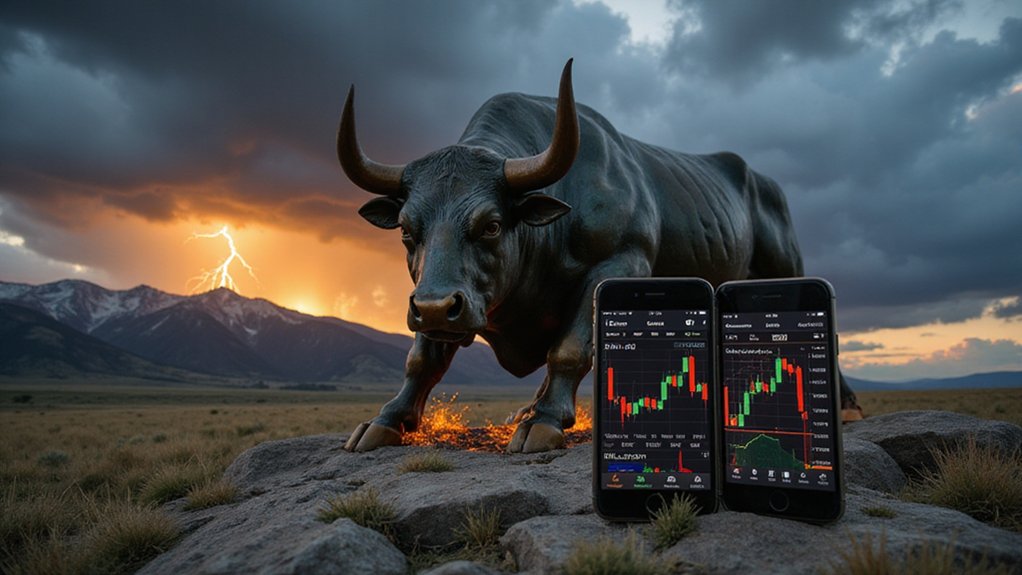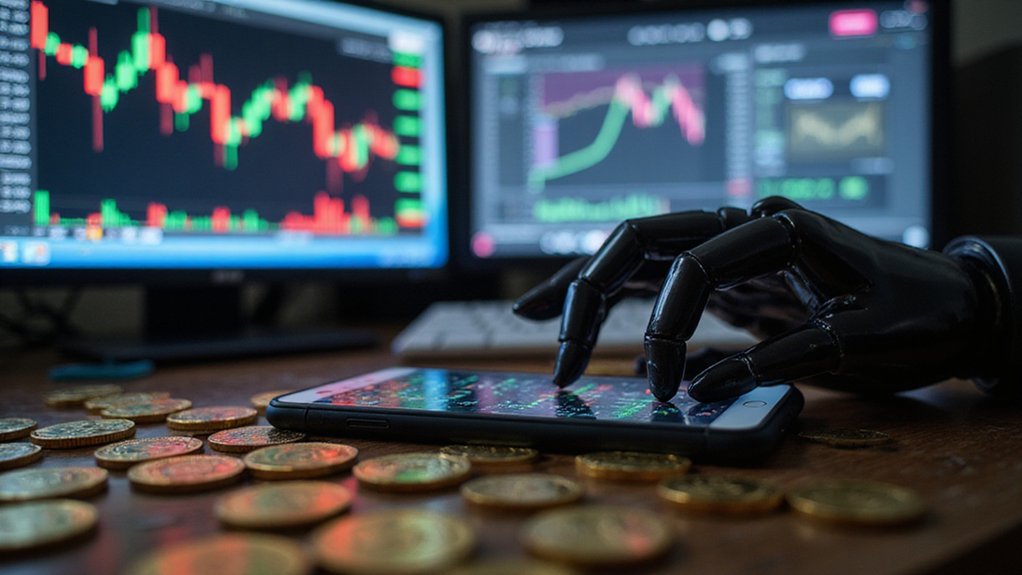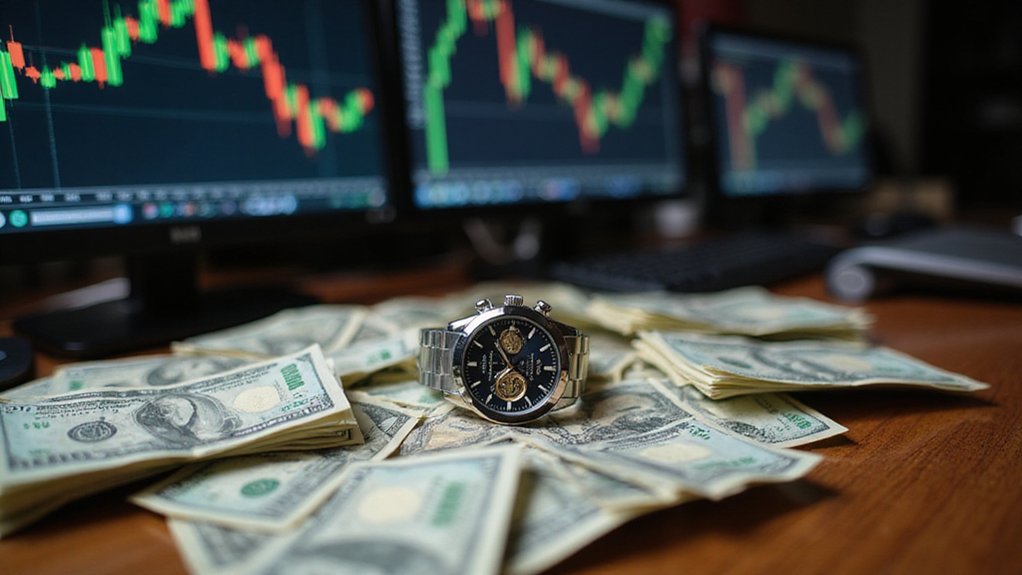Within forty minutes of launching on the Solana blockchain, Kanye West’s YZY token had somehow managed to reach a $3 billion market cap—a feat that would make even the most seasoned Wall Street veterans pause to question the fundamental nature of asset valuation in the digital age.
Yet behind this meteoric ascent lurked a familiar figure: “Naseem,” the pseudonymous trader who had previously transformed a $1 million TRUMP memecoin investment into $100 million profit, demonstrating that in cryptocurrency markets, reputation precedes even celebrity endorsements.
The launch architects attempted to outsmart professional snipers by creating 25 contract addresses and randomly selecting one as the official YZY token. This elaborate shell game proved futile against Naseem‘s expertise, who effortlessly bypassed these defenses to secure the first substantial purchase—a demonstration of the principle that sophisticated players invariably find ways around amateur protections. The YZY team even created up to 50 replica wallets to further deter sniping attempts, though some of these decoy wallets still experienced minor transaction activity.
In cryptocurrency markets, sophisticated players invariably circumvent amateur defenses, regardless of how elaborate the protective measures appear.
What followed resembled a carefully orchestrated pump-and-dump scheme masquerading as organic market enthusiasm. Thirteen wallets collectively extracted $24.5 million in profits shortly after launch, while wash trading artificially amplified trading volumes through coordinated 5-minute matched transactions. The project’s lack of crypto veterans in key leadership positions became increasingly apparent as the situation unfolded.
The token’s structure revealed fundamental flaws: insiders controlled 70% of holdings with merely 10% allocated to liquidity pools, creating an inherently unstable foundation that virtually guaranteed catastrophic price movements.
The inevitable crash materialized within 24 hours, erasing 74% of the token’s value and leaving retail investors with devastating losses—some exceeding $1.8 million per wallet. Of the initial 99 buyers, only nine retained their positions post-collapse, suggesting that even early adopters recognized the unsustainable nature of the rally. This scenario exemplifies why memecoins lack intrinsic value and are considered dubious long-term investments by financial experts.
Perhaps most tellingly, the chaotic launch generated numerous look-alike contracts, leading traders to accidentally purchase worthless tokens while believing they were acquiring the legitimate YZY asset. This confusion cost some investors hundreds of thousands of dollars, illustrating how even basic market infrastructure can become weaponized in unregulated environments.
The YZY saga ultimately illustrates that celebrity backing cannot overcome poor tokenomics, insider manipulation, or the fundamental reality that speculative bubbles invariably burst—regardless of the star power behind them.









